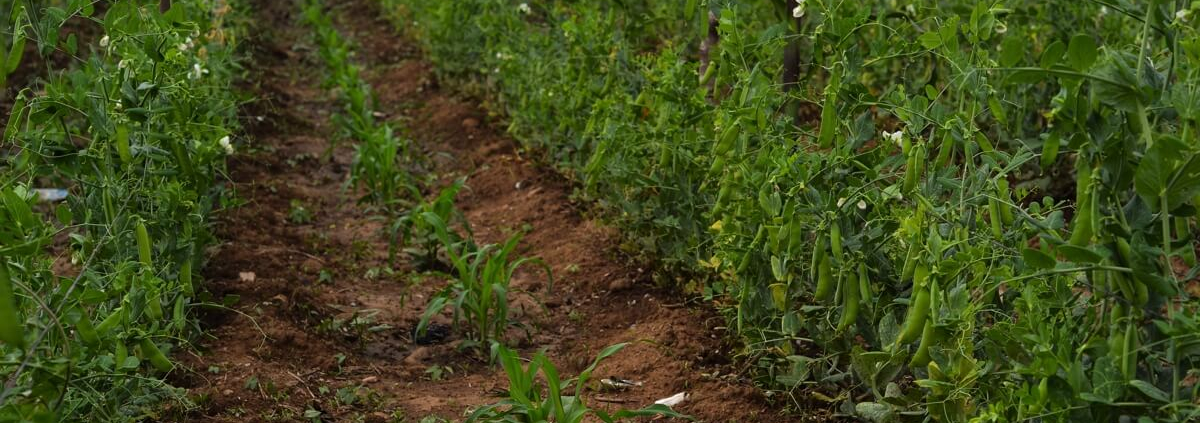Food forests
In our Family garden projects, as part of REGENERA, we are using a food forest technique.
So, what is actually a food forest?
A food forest is a diverse planting of edible plants that attempts to mimic the ecosystems and patterns found in nature. Food forests are three dimensional designs, with life extending in all directions – up, down, and out.
Generally, we recognize eight layers of a forest garden
- overstory layer
- understory layer
- shrub layer layer
- herbaceous layer
- root layer
- ground cover layer
- vine layer.
- mycelial layer (mushrooms).
Using these layers, we can fit more plants in an area without causing failure due to competition. A food forest does not have to be re-planted year after year. Once it is established, it is generally very resilient. Food forests are a new farming concept, but they have been used for thousands of years around the world. They are complex, just like nature.
Edible-forest gardens have many social, environmental and economic benefits, such as increasing resilience to climate change and promoting water conservation. The forest garden will provide organic, high-quality food and medicine-plants to support the nutrition and health of each family. As the production increases, they will be able to sell or trade their products on the local market. This high bio-diverse system ensures continuous food supply throughout the year, supporting their economy and strengthening food-security.
Through this project we aim to tackle many of the main problems; high vulnerability to climate change due to poverty and natural disasters, few potable water sources, chronic malnutrition, lack of food security and low life-quality, few opportunities to overcome poverty, low level of education, amongst others.








